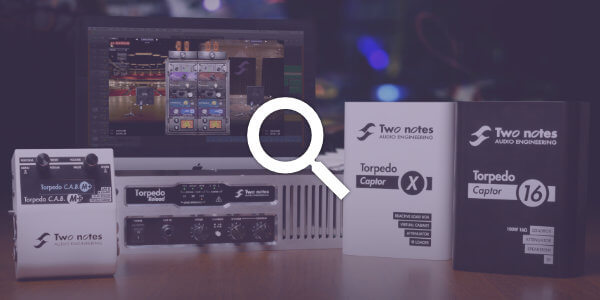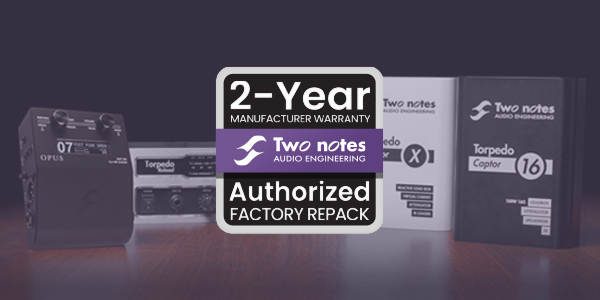My absolute favorite modulation effect of all time is the Leslie recreation, commonly known as Rotary! For me, at all falls back to a time, some 25 years ago, when I was in a friends studio and he had just bought a big ol’ Leslie cabinet. So, being the inquisitive kind, I picked up a guitar and plugged in, just because I could. At the time I was unaware that it was often used for guitars but I thought there was a good reason for that… it would sound crap! Boy, was I wrong. I finally came up for air about 2 hours later!
Rotary is basically an emulation of a Leslie cabinet. The Leslie concept goes right back to the mid 1930’s when Donald Leslie was looking to replicate the swirly goodness of large pipe organs. The first commercially available cabinet was released in 1941, with CBS buying them out in 1965, and then it being sold on again to where it now exists within Suzuki.
Within a Leslie you will find an amp (tube or solid state) that splits the signal at about 800 Hz which is feed in to 2 speakers, the horn and the woofer. They are constantly rotating and with the press of a button you can speed them up and then slow them down again.
There are single speed Rotary cabinets, but where’s the fun in that?
The Woofer: The woofer, in its slow (chorale) state, rotates at about 40 RPM, and about 340 RPM on fast (tremolo). The Horn: The horn, in it slow (chorale) state, rotates at about 50 RPM, and about 400 RPM on fast (tremolo).The joy of a Rotary cabinet is the “Ramp” variable. The ramp is the speed it takes to go between chorale and tremolo. The woofer takes about 5 seconds to speed up, and about 7.5 to slow down again. The horn goes up to full speed in about 1.5 seconds, and down again in 2.5. Obviously, dependent on the weight of the speaker and the efficiency of the motor that is running, these are subject to variables, but that is the speed I find makes the most pleasing sound to my ears.
Recreating the effect: To recreate the effect, to show you how guitar pedals do it, I recorded a line and then copypasta’d it to another track. One was subject to a HPF (high pass filter) set to 700 Hz with a fairly hard Q, and the other was a LPF (low pass filter) set at 800 Hz. This is kinda cheating, but once again, I went with my ears to get the most pleasing sound rather than what was correct as per the spec sheet.

To make the effect of the speaker coming round to face the listener, I used a basic tremolo effect on reach channel that replicate the speed of the movement. I set the woofer depth to 60% and the tweeter depth to 70%. As the speaker “moves round” to face you it gets louder, and away from you it gets quieter, and this is the best way to do it. Obviously it’s not an exact science and not perfect, as you miss some of the Doppler effect of the speaker moving away from you, but it’s pretty close.
In the below example, keep an eye on the LFO (low frequency oscillation) speed on each of the Trem plug ins. That’s the speed of the “rotation”. I have used my favorite guitar / Leslie combination to do it, the beautiful “Something” from The Beatles Album, Abbey Road. I start with the backing track off so you can hear them ramping at the different times, but then it fades in to give you an idea of how it sounds within a track (the guitars are too far forward in the mix, but I wanted you to be able to hear it properly)!
The tone is provided by Helix Native, Matchless model, and then out to Wall of Sound using the Victory Copper 2×12″ DynIR virtual cabinet with 4 mics!




